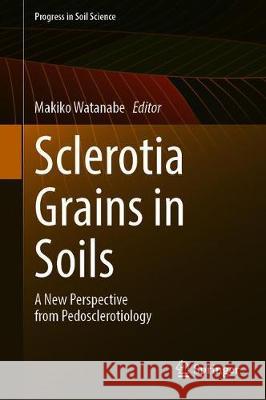Sclerotia Grains in Soils: A New Perspective from Pedosclerotiology » książka
topmenu
Sclerotia Grains in Soils: A New Perspective from Pedosclerotiology
ISBN-13: 9789813342514 / Angielski / Twarda / 2021 / 212 str.
Sclerotia Grains in Soils: A New Perspective from Pedosclerotiology
ISBN-13: 9789813342514 / Angielski / Twarda / 2021 / 212 str.
cena 524,53 zł
(netto: 499,55 VAT: 5%)
Najniższa cena z 30 dni: 501,19 zł
(netto: 499,55 VAT: 5%)
Najniższa cena z 30 dni: 501,19 zł
Termin realizacji zamówienia:
ok. 22 dni roboczych
Bez gwarancji dostawy przed świętami
ok. 22 dni roboczych
Bez gwarancji dostawy przed świętami
Darmowa dostawa!
Kategorie:
Kategorie BISAC:
Wydawca:
Springer
Seria wydawnicza:
Język:
Angielski
ISBN-13:
9789813342514
Rok wydania:
2021
Wydanie:
2021
Numer serii:
000402117
Ilość stron:
212
Waga:
0.50 kg
Wymiary:
23.39 x 15.6 x 1.42
Oprawa:
Twarda
Wolumenów:
01
Dodatkowe informacje:
Wydanie ilustrowane











